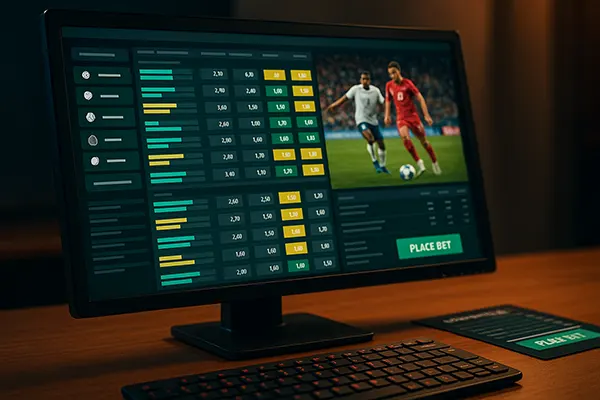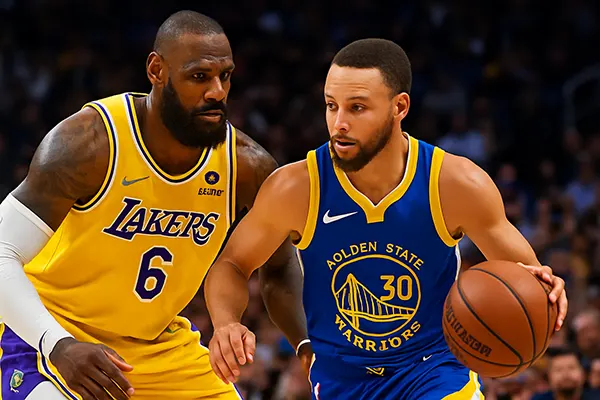Comparative Odds Analysis: How to Find the Most Profitable Live Bet

In the competitive world of sports betting, the smallest margin can define long-term success or loss. Understanding how to compare odds in real time is not just beneficial — it’s essential. This article breaks down reliable tools and methodologies that help punters detect the most profitable opportunities during live events.
Live Odds Aggregators: Tools for Instant Comparison
To efficiently compare odds, specialised services have emerged that collect and present data from dozens of bookmakers. Among the most reputable are OddsChecker and BetBrain. These services offer real-time feeds and visually accessible charts to highlight even the slightest differences in offers.
OddsChecker focuses on the UK and European markets and offers integrated links to the bookmakers’ betslips. BetBrain, on the other hand, features an impressive global reach and covers both major and niche sports. These services are particularly useful for bettors seeking to save time and maximise profitability.
Using these aggregators allows you to spot arbitrage opportunities, temporary odds errors, and delayed line updates — all of which can create value if acted upon quickly. In a fast-paced environment, being equipped with real-time data isn’t a luxury — it’s a requirement.
How Aggregators Deliver Value
Live odds aggregators constantly scrape data from bookmaker feeds. Algorithms analyse and rank the odds by value. Punters can then filter by sport, match, or market (e.g., Over/Under, Handicaps). This drastically reduces manual work and exposes hidden value in the market.
More importantly, these platforms often log historical odds movements, enabling trend tracking. A bettor can identify patterns — such as how a bookie adjusts their odds after a goal — and use this behavioural insight to anticipate future changes before they happen.
Many advanced users set up personalised alerts that notify them when odds exceed a predetermined threshold, giving them the upper hand over casual participants.
Spotting Line Discrepancies in Real Time
Differences between bookmakers’ odds are more common during live events due to market volatility. These discrepancies happen because bookies update odds at different speeds or rely on unique models to calculate probabilities.
For example, after a red card or goal, some bookmakers react instantly, while others may delay adjustments. If you monitor multiple live lines, you might find a bookmaker that’s slower to reflect the event, offering higher odds than their competitors — a prime opportunity.
Timing is critical here. A punter must be ready to place a bet within seconds. Most successful live bettors use multiple accounts and preloaded bankrolls to ensure instant execution when such gaps arise.
Strategies for Real-Time Comparison
The key to real-time success is preparation. Keep at least three bookmakers open in separate tabs or devices. Watch for key events — penalties, injuries, weather changes — and observe which bookmakers adjust quickly.
Use shortcut tools and browser extensions that allow for one-click betting. These reduce decision time and can be decisive in capitalising on brief market inefficiencies.
In practice, track a single market (e.g., Total Goals) in one football match. When an event occurs, compare how each bookmaker adjusts. If one lags, act. Over time, patterns will emerge that can be exploited repeatedly.

Small Margins, Big Impacts: Why 0.05 Matters
At first glance, a difference of 0.05 in odds may seem trivial. However, over the course of 1,000 bets, such variance becomes monumental. For instance, betting on 2.00 versus 1.95 for the same outcome changes your expected value significantly over time.
Let’s break it down: a consistent 0.05 advantage across hundreds of bets improves your win percentage without increasing risk. This is particularly impactful in flat-betting systems where value is the only edge you hold.
Professional bettors build their edge on marginal gains. Whether it’s by identifying mispriced lines or getting the best odds every time, even tiny differences compound to form the backbone of sustainable betting models.
Real Case Study: UEFA Final Odds
During the UEFA Champions League Final 2025, odds for a “Both Teams to Score” market opened at 1.70 across the board. However, five minutes into the second half, one bookmaker still offered 2.00 after a near miss by the underdog team. Other bookmakers had already dropped the odds to 1.65.
Those who acted quickly and placed bets at 2.00 capitalised on a clear misalignment. Within two minutes, that bookmaker adjusted the odds to 1.60, closing the arbitrage window.
This case shows the need for fast observation and action. Even top-tier matches have inefficiencies — and the fastest finger often wins the value race.



